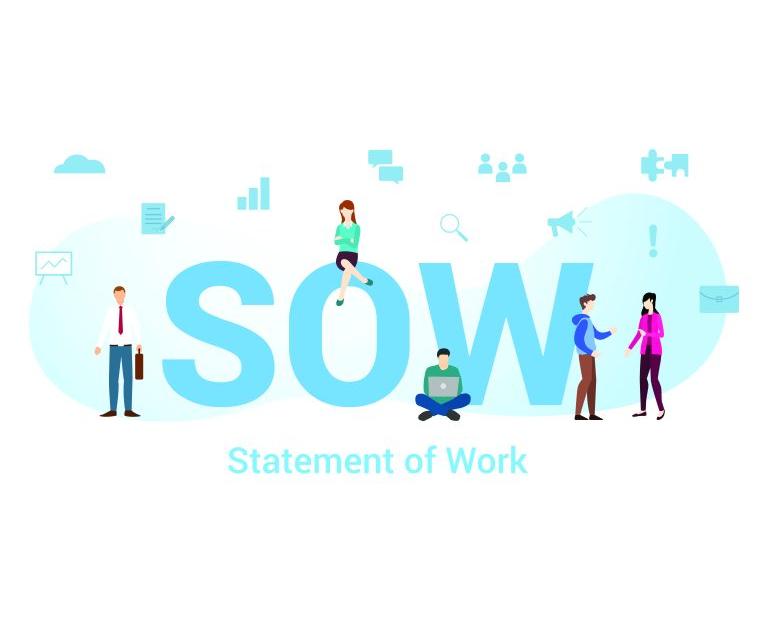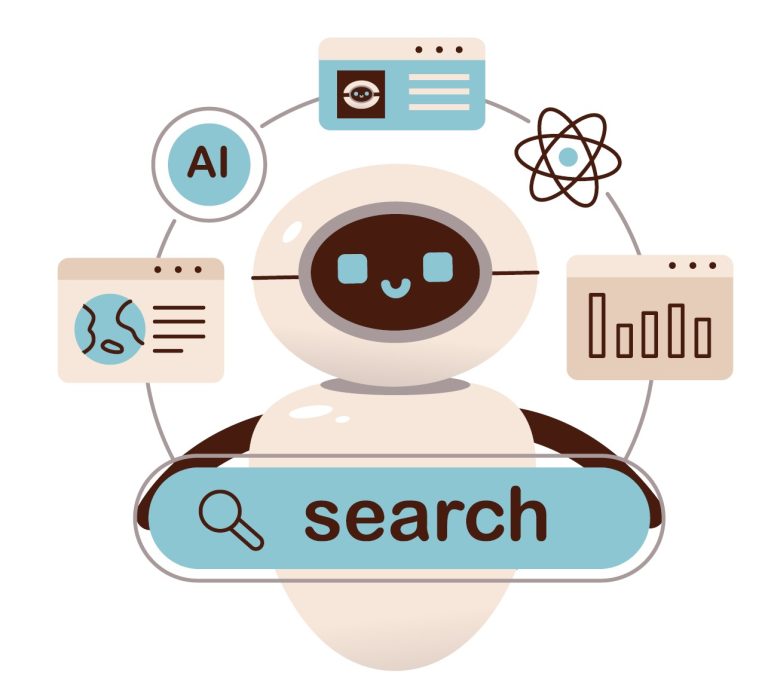In a market shaped by longer sales cycles, heightened buyer caution, and increasing competition, succeeding in IT and engineering staffing demands more than just persistence—it requires deliberate, data-driven sales strategies and a culture built for performance.
Industry leaders from high-growth firms shared how they’re navigating today’s complex sales environment and offered tangible insights into hiring, training, KPIs, and new business development. While approaches vary, one theme emerged clearly: agility and intentionality are more important than ever.
Adapting to New Buying Behaviors
Sales cycles aren’t what they used to be. Decision timelines have stretched, even as client needs remain pressing. “There’s demand, but it’s taking longer for clients to make decisions—whether it’s on hiring candidates or launching new projects,” noted Joel Leege, President & COO, RedOak Technologies, and President, Board of Directors, TechServe Alliance. “We’re seeing that across firms of all sizes.”
This elongation of sales cycles has forced teams to double down on foundational habits. At TalentBridge, Chief Sales Officer Daniel Youssif has increased the focus on outreach and in-person engagement. “We’ve elevated our meeting expectations to 15 client conversations per week, up from 10 historically,” Youssif said. “And we’re pushing for at least half of those to happen in person. That’s what it takes now to break through.”
Two Paths to Building High-Performance Sales Teams
Hiring and developing the right salespeople is a critical challenge—and firms are taking different approaches. At Medix Technology, Jeb Corley, Vice President, has found that investing in junior talent produces the strongest long-term results. “We tried hiring seasoned professionals—what we call the hired gun strategy—but it didn’t work for us,” he said. “Instead, we went back to developing people straight out of college. It’s a longer road, but the payoff is better.”
Corley described a phased approach: new hires spend several months in delivery and recruiting roles to build domain knowledge and develop sales instincts. Those who rise to the top are promoted to client-facing roles. “If you bring in a class of 10, you might end up with three future stars,” he explained. “But we’ve quadrupled our President’s Club winners since we returned to this model.”
TalentBridge, by contrast, leans into a carefully vetted “hired gun” model. “We take a dual-path approach with senior talent,” Youssif explained. “Some want to move into leadership, others just want to produce. We have room for both—but we assess them rigorously using behavioral tools and client references.”
He emphasized that experience alone doesn’t guarantee success. “It’s not about finding rainmakers—it’s about identifying people who align with the role, the territory, and the type of clients they’ll serve,” he said.
Leege pointed out that both models can work, depending on a firm’s structure and growth stage. “I’ve seen both approaches succeed,” he said. “It all comes down to clarity, expectations, and execution.”
Redefining KPIs for 2025
With buyers harder to reach and sales cycles longer, traditional metrics like call volumes and job orders are no longer sufficient. Firms are redefining what success looks like—and how to measure it.
“We used to talk about 10-3-1: ten meetings, three reqs, one start,” said Youssif. “Now, it’s more like 15-3-1. Activity has to go up to achieve the same outcomes.” To support this, TalentBridge tracks everything from weekly client meetings to next steps scheduled and CRM documentation. “Transparency is key,” Youssif added. “We publish dashboards daily so everyone knows where they stand.”
Corley’s team at Medix tracks a broader set of inputs. “We monitor cold calls, LinkedIn outreach, recruiter-generated leads, meeting attempts, and actual meetings,” he said. “Then we sit down monthly and ask: is the territory wrong, is the effort low, or is there a skill gap?”
Leege highlighted the importance of adaptability in setting and evaluating KPIs. “It’s not about lowering standards when things get hard,” he said. “It’s about understanding the full picture and holding people accountable to the right activities.”
Winning New Business Through Focus and Follow-Through
Landing new logos in today’s market requires more than just persistence—it demands precision. “We’ve signed 87 new MSAs this year, but not all of them have immediate work attached,” Youssif shared. “We’ve had to get smarter about understanding which opportunities are real and which are just doors being propped open for the future.”
To keep those doors open, TalentBridge combines account-based marketing, personalized outreach, and community-building tactics. “We’re launching live fireside chats with executives in our target markets,” Youssif said. “It gives our sales team a value-driven reason to engage and positions us as thought leaders.”
Medix, meanwhile, leverages industry specialization and strategic collaboration. “If one line of business has a relationship, we work together to expand into new departments,” Corley explained. “We call it collaboration of attack.”
They also capitalize on market conditions. “Tech unemployment is higher than it’s been in years,” Corley said. “We’re helping clients understand how to hire smarter—filling roles previously sent to consulting firms with highly qualified staff augmentation talent at a lower cost.”
Culture is the Engine of Growth
Behind every successful strategy is a performance-driven culture. Both Corley and Youssif emphasize recognition, clarity, and accountability as key pillars.
At Medix, top performers are celebrated through Presidents Club trips, bonuses, and visibility. “We show junior reps what success looks like. One of our best salespeople is only 27 and making over $300,000,” Corley said. “If they can see it, they can believe it.”
Youssif instills a sense of ownership at every level. “We reward people who diagnose problems and help solve them—who want to build, not just close deals,” he said. “That’s how we create buy-in and longevity.”
Leege summed it up: “No matter the strategy, you still have to execute. Growth isn’t magic—it’s a function of great people doing the right things consistently.”
If you are a TechServe member and would like to view the full webinar, click here.
Listen to the podcast version of the original webinar here.












